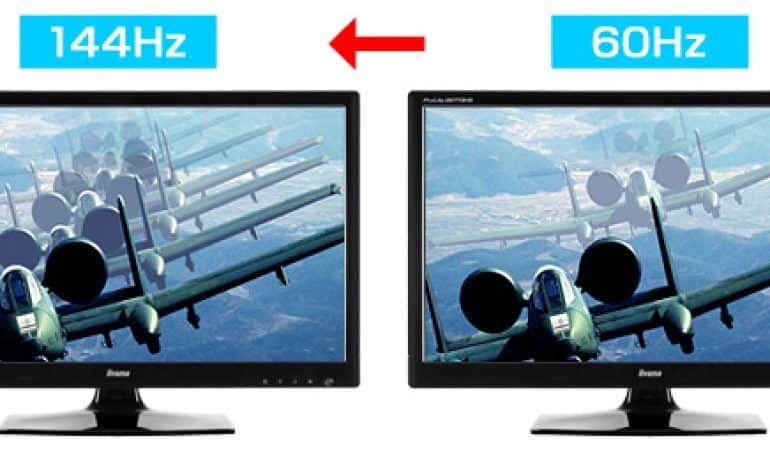
Gaming has evolved exponentially over the years, pushing the boundaries of technology and becoming an immersive experience. Whether you’re a casual gamer or an esports enthusiast, the right gaming monitor can significantly enhance your overall gaming performance and enjoyment. When it comes to choosing a gaming monitor, two crucial factors to consider are refresh rates and resolution.
Understanding Refresh Rates
The refresh rate of a gaming monitor refers to how many times the screen updates with new images per second. It is measured in Hertz (Hz). A higher refresh rate ensures smoother, more fluid motion on the screen, reducing motion blur and input lag. Traditional monitors usually have a refresh rate of 60Hz, but nowadays, gaming monitors offer much higher rates, such as 144Hz, 240Hz, or even 360Hz.
Advantages of High Refresh Rates
High refresh rates provide several advantages for gamers. First and foremost, they make fast-paced action smoother and more responsive. This is particularly beneficial for competitive gaming genres like first-person shooters, racing games, or fighting games where quick reactions can make a significant difference. The ability to track fast-moving targets or turn swiftly without any motion blur allows gamers to stay at the top of their game.
Furthermore, high refresh rates create a more immersive gaming experience, making the gameplay feel more lifelike and realistic. The increased fluidity enables gamers to spot smaller details, enhancing their overall awareness and enjoyment. Players who invest in a high refresh rate monitor often report that it helps reduce eye strain and fatigue, making long gaming sessions more comfortable.
Exploring Resolution Options
The resolution of a gaming monitor refers to the number of pixels displayed on the screen horizontally and vertically. Higher resolutions offer greater detail, sharper images, and increased screen real estate. Common resolutions in the market include Full HD (1920×1080), Quad HD (2560×1440), and Ultra HD 4K (3840×2160).
Finding the Right Balance
When it comes to resolution, gamers need to strike a balance between visual fidelity and performance. Higher resolutions demand more processing power, which can affect the overall gaming performance. Gamers with mid-range PCs might experience lower frame rates and reduced smoothness when playing games at higher resolutions.
On the other hand, gaming at lower resolutions may offer better performance, but it sacrifices some visual quality. It’s important to consider the capabilities of your gaming setup and find a suitable resolution that provides an optimal gaming experience without compromising performance.
Combining Refresh Rates and Resolution
Fortunately, gaming monitors in the market today offer a variety of options to cater to different preferences and gaming systems. Gamers looking for the ultimate competitive edge might opt for a high refresh rate monitor with a lower resolution, as it prioritizes smoothness and responsiveness.
For those who prioritize visual quality and enjoy immersive gaming experiences, a higher resolution monitor with a lower refresh rate might be the ideal choice. However, it’s worth noting that most modern gaming monitors strike a balance between refresh rates and resolution, aiming to provide an excellent gaming experience across the board.
Conclusion
Choosing the right gaming monitor can greatly impact your gaming experience. When comparing gaming monitors, it’s essential to consider both refresh rates and resolution. Higher refresh rates ensure smoother motion, reduced input lag, and increased immersion, while higher resolutions deliver sharper images and greater detail. Finding the right balance based on your gaming preferences and PC capabilities is crucial to achieving the best possible gaming experience. So, assess your needs, conduct thorough research, and invest in a gaming monitor that suits your requirements and enhances your gaming adventure!


